Alfred S. Posamentier et al. - The Joy of Mathematics: Marvels, Novelties, and Neglected Gems That Are Rarely Taught in Math Class
Here you can read online Alfred S. Posamentier et al. - The Joy of Mathematics: Marvels, Novelties, and Neglected Gems That Are Rarely Taught in Math Class full text of the book (entire story) in english for free. Download pdf and epub, get meaning, cover and reviews about this ebook. year: 2017, publisher: Prometheus Books, genre: Children. Description of the work, (preface) as well as reviews are available. Best literature library LitArk.com created for fans of good reading and offers a wide selection of genres:
Romance novel
Science fiction
Adventure
Detective
Science
History
Home and family
Prose
Art
Politics
Computer
Non-fiction
Religion
Business
Children
Humor
Choose a favorite category and find really read worthwhile books. Enjoy immersion in the world of imagination, feel the emotions of the characters or learn something new for yourself, make an fascinating discovery.
- Book:The Joy of Mathematics: Marvels, Novelties, and Neglected Gems That Are Rarely Taught in Math Class
- Author:
- Publisher:Prometheus Books
- Genre:
- Year:2017
- Rating:3 / 5
- Favourites:Add to favourites
- Your mark:
The Joy of Mathematics: Marvels, Novelties, and Neglected Gems That Are Rarely Taught in Math Class: summary, description and annotation
We offer to read an annotation, description, summary or preface (depends on what the author of the book "The Joy of Mathematics: Marvels, Novelties, and Neglected Gems That Are Rarely Taught in Math Class" wrote himself). If you haven't found the necessary information about the book — write in the comments, we will try to find it.
Using jargon-free language and many illustrations, the authors--all veteran math educators--explore five areas--arithmetic, algebra, geometry, probability, and the ways in which mathematics can reinforce common sense. Among other things, youll learn the rule of 72, which enables you to quickly determine how long it will take your bank account to double its value at a specific interest rate. Other handy techniques include an automatic algorithm for multiplying numbers mentally and a clever application that will allow you to convert from miles to kilometers (or the reverse) mentally. A delightful presentation of geometric novelties reveals relationships that could have made your study of geometry more fun and enlightening. In the area of probability there is a host of interesting examples: from the famous Monty-Hall problem to the counterintuitive probability of two people having the same birthday in a crowded room.
Finally, the authors demonstrate how math will make you a better thinker by improving your organizing abilities and providing useful and surprising solutions to common mathematics problems. Youll come away with an appreciation for math you never thought possible and a true appreciation for this queen of the sciences.
Alfred S. Posamentier et al.: author's other books
Who wrote The Joy of Mathematics: Marvels, Novelties, and Neglected Gems That Are Rarely Taught in Math Class? Find out the surname, the name of the author of the book and a list of all author's works by series.

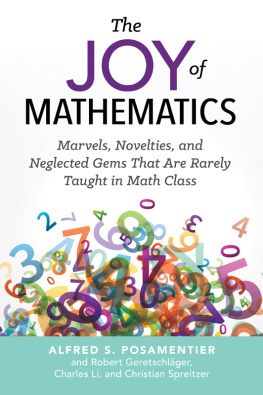
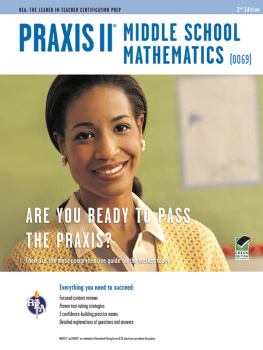
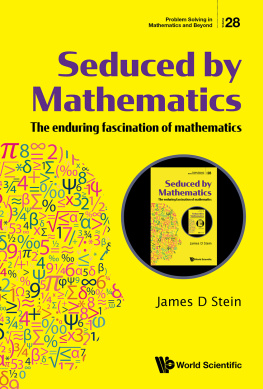
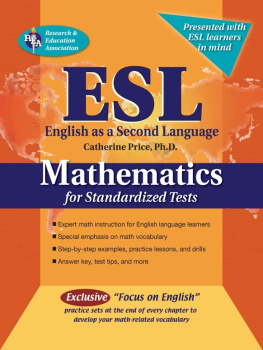
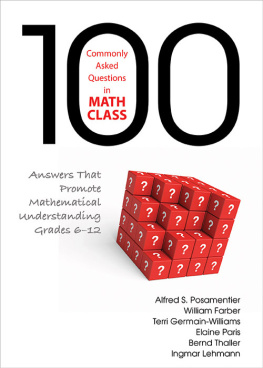
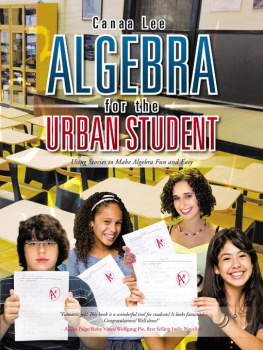
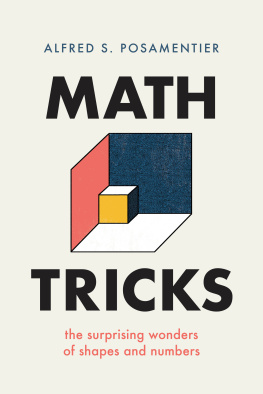
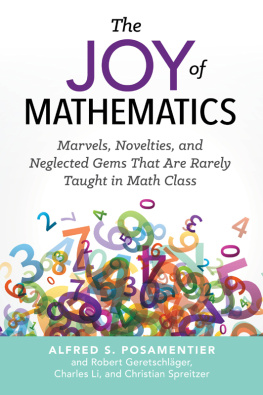
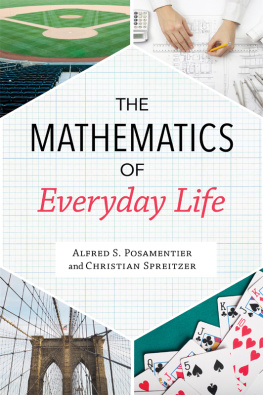
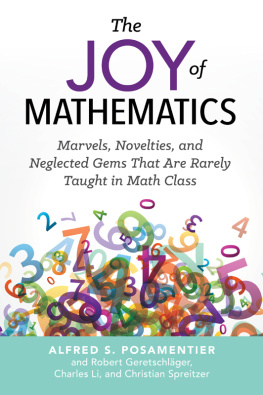
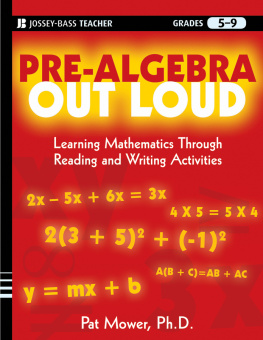







 , then these lines, AL, BM, and CN, are concurrent.
, then these lines, AL, BM, and CN, are concurrent.
 , so that N and N must coincide, which thereby proves the concurrency.
, so that N and N must coincide, which thereby proves the concurrency.